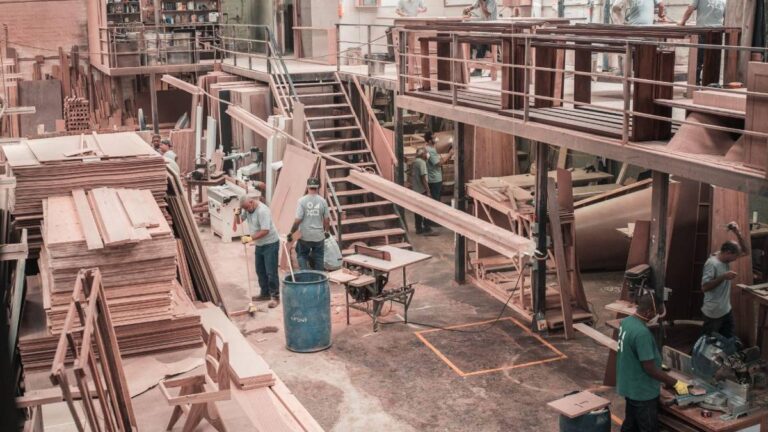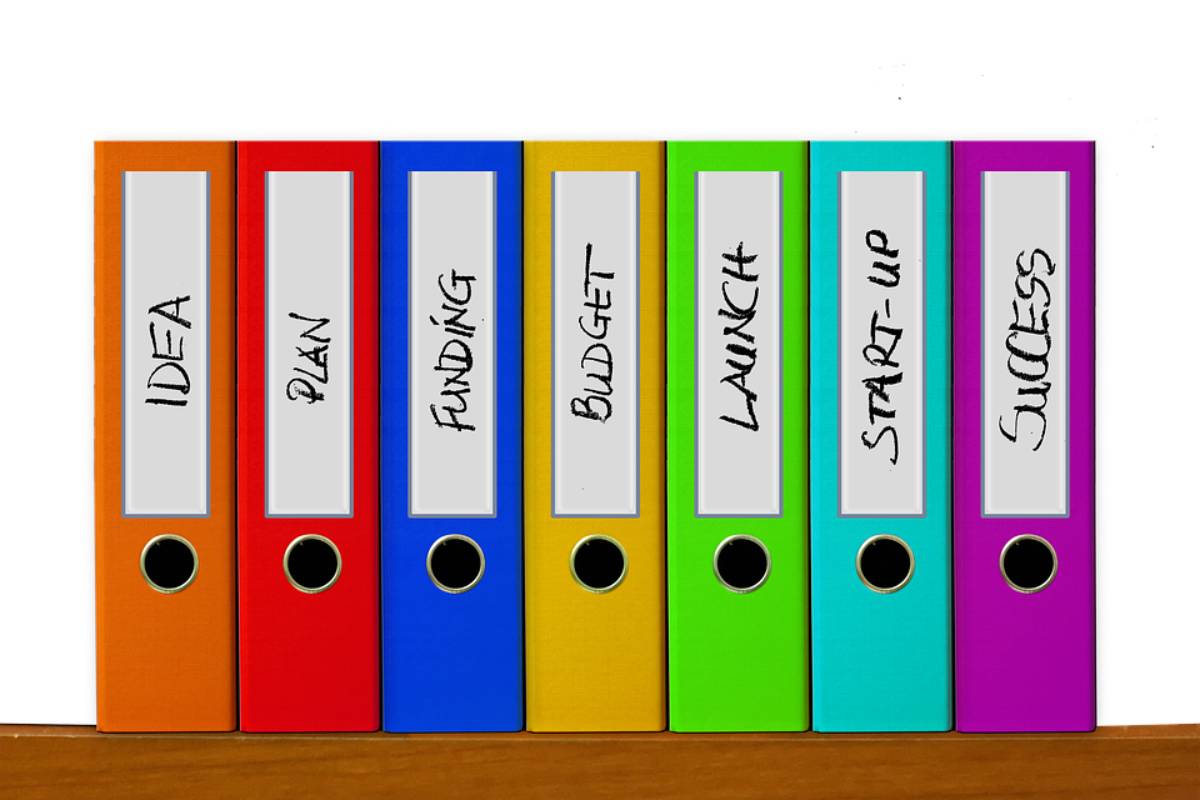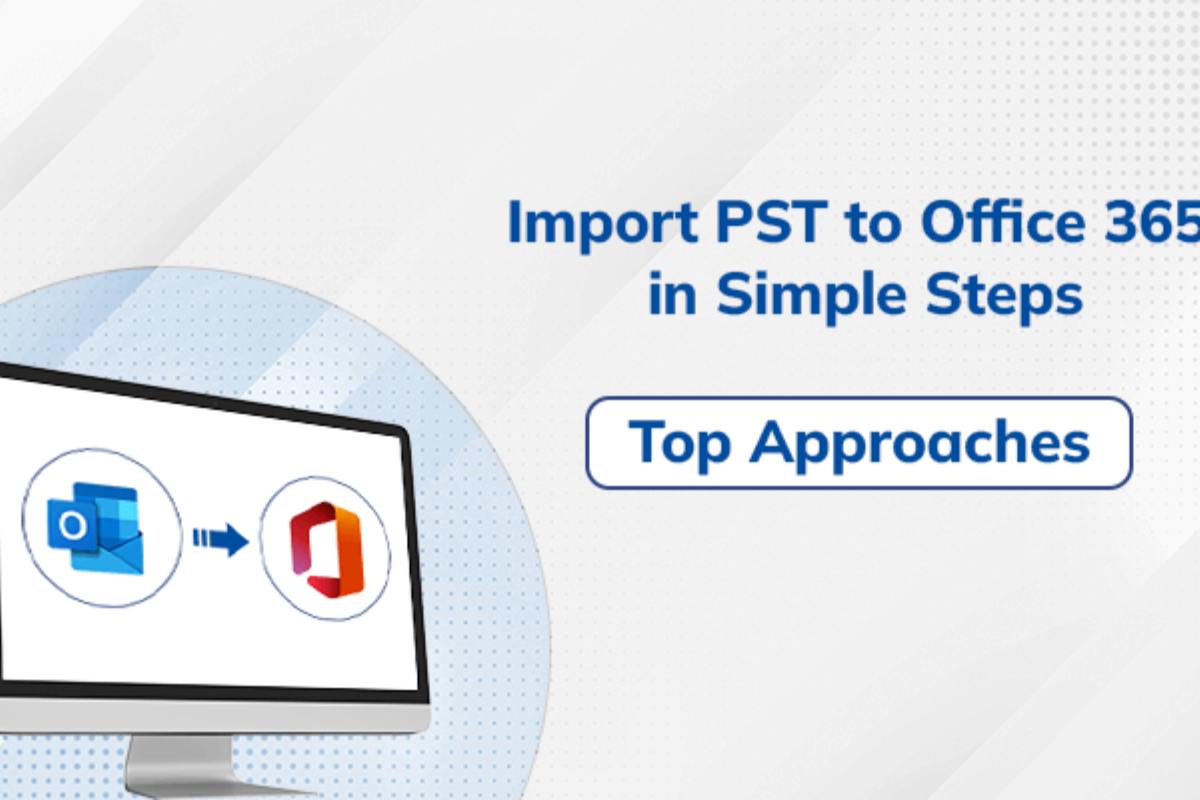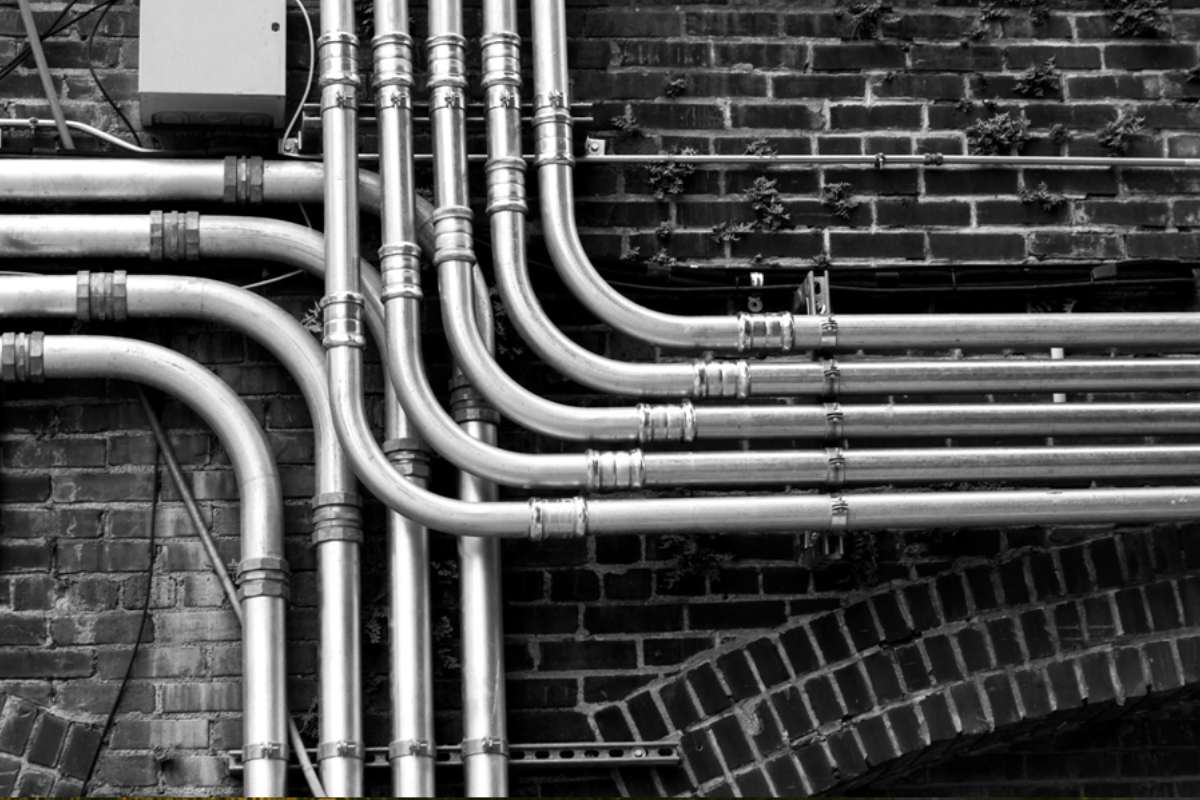At first glance, you might think that manufacturing and production management systems are completely separate, but in reality, their functions are so intertwined that they should be considered as one. This article discusses the impacts of these two processes on your operations and provides a potential solution to break through your manufacturing bottleneck. Manufacturing can be seen as a series of steps where you move raw materials, in this case, items to be manufactured, into the process of creating them.
When it comes to the manufacturing process, you must design your operations in advance so they can minimize downtime, maximize automation, and help you avoid potential bottlenecks. Read more about these tips in this article!
What is a Manufacturing Bottleneck?
A manufacturing bottleneck is when a company has to manufacture too much of certain products for their current customer base, leading to excess inventory. One way companies deal with this issue is by focusing on improving the quality of design and production. A manufacturing bottleneck is a bottleneck in production or supply caused by a shortage of some key resource.
For example, if the key material used to make our product is not available, we can’t manufacture more products. This might result in our customers not receiving the product on time and/or receiving what they ordered but it may also impact our ability to deliver to new markets.
How a Manufacturing Bottleneck Impacts Your Business
A manufacturing bottleneck is a situation that has been identified that has a limited production capacity. Low output, high inventory, and long lead times are all factors. In a manufacturing bottleneck situation, it will be difficult for a company to maintain a consistent flow of goods, so the bottleneck needs to be eliminated as soon as possible.
A manufacturing bottleneck can be defined as when all process times are higher than their break-even point. If this is the case, then it will act as a barrier to reaching capacity. This is because when process times exceed break even, the company will need to pay more than the value of the product they are producing.
Manufacturing management software is available for companies that manage the whole process of manufacturing bottleneck. It includes everything from product design to production planning to inventory control. It can also include ERP systems, which are integrated with the manufacturing management software so they interact. That way, you don’t have to worry about where your production plans are.
The Importance of Standardization
Standardization is vital when it comes to manufacturing. Standardized measurements in materials can be easily identified without the need for any complicated equipment. Standardization is a critical component of a successful product. Standardization ensures that any given model or serial number from any given country will have the same quality and performance. To ensure that you have success, you must understand your standardization needs and consider them at every step of the process.
Modernization and Challenges of Production
With the increasing demand for products, manufacturers are faced with the challenge of manufacturing more efficiently, which in turn will reduce cost and improve production. Although manufacturing efficiency is not new, there are many modern methods that manufacturers can use to increase production while also maintaining quality. These methods include advanced software that integrates all the pieces of a process into one system, robotics, automation, and advances in design.













